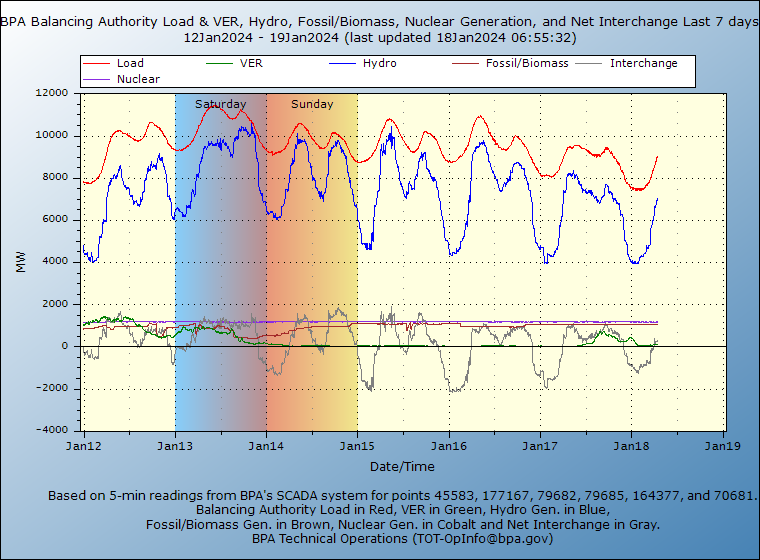GRA
Well-known member
Solar sales and installations anywhere will bring prices down - it makes no sense to incentivize sales where they are the least cost-effective. Besides, why does Germany need to spend any of their own money? The Chinese government has done more to bring down the world price of solar through massive government subsidies than anything done anywhere else in the past five years. If the Germans want to install solar they should pay to put them in Spain and Portugal, and then build the interties to get the power to them.klapauzius said:GRA said:If some individual wants to put PV modules on their roof in Dusseldorf, go for it. But the government shouldn't be subsidizing it, and they sure as hell shouldn't be subsidizing commercial solar, at least in Germany. The kind of capacity factors that are possible require far too much surface area and cost way too much to be cost-effective, until solar modules are no more expensive than roof shingles (or ARE roof shingles, as a couple of companies have tried to develop).
Well, it is bringing prices down and encourages development...so money spent in Germany on solar initially wasn't so bad, because it created technology jobs and the development of an industry, which was not there before.
It is true that Germans are now complaining about the extra cost of electricity, because the solar subsidies are just slapped onto the regular energy prices. But for a people, who in severe a case of irrational fear and panic decided abandon nuclear power because of an earthquake on the other side of the globe, it serves them right now to pay up for renewable energy.
And in the long term it might turn out to be a prudent investment.
Re the nukes, no argument from me.



